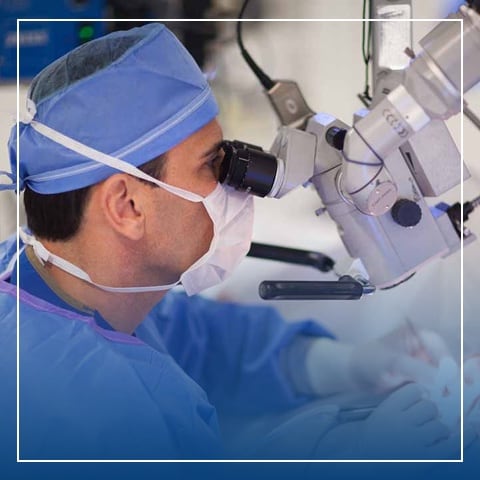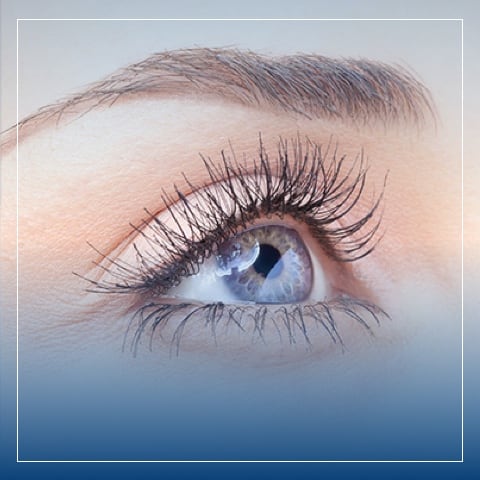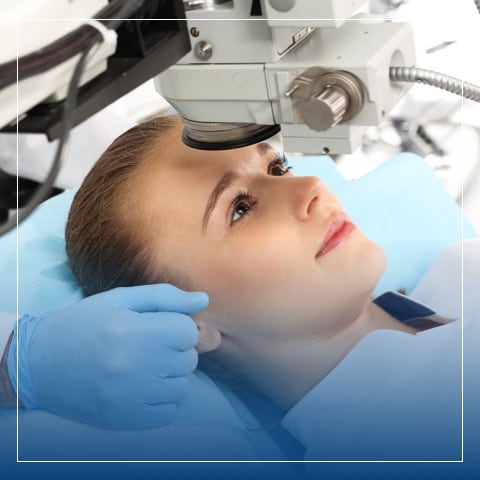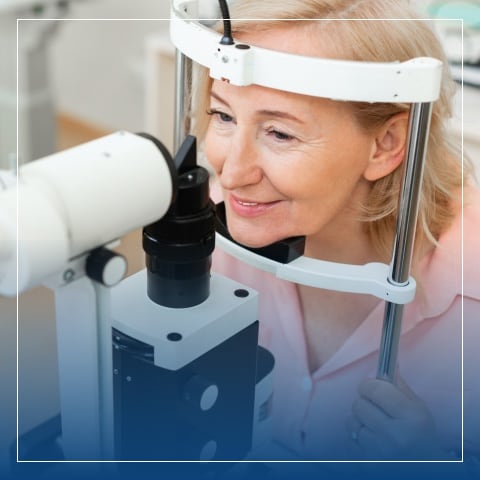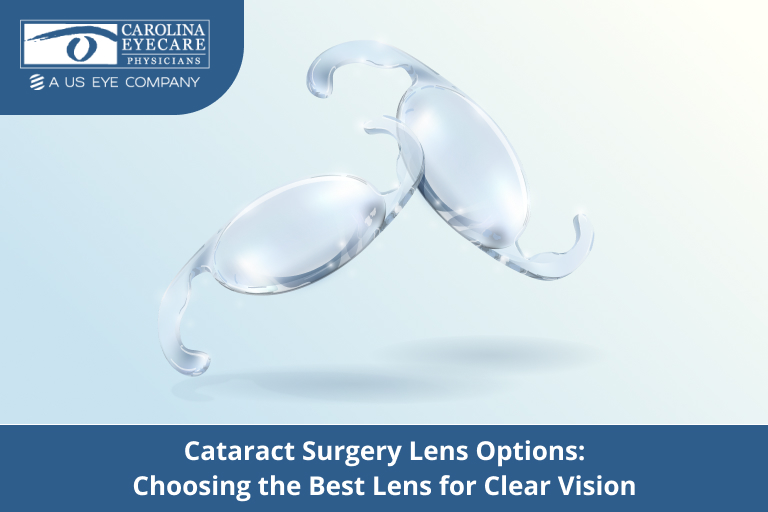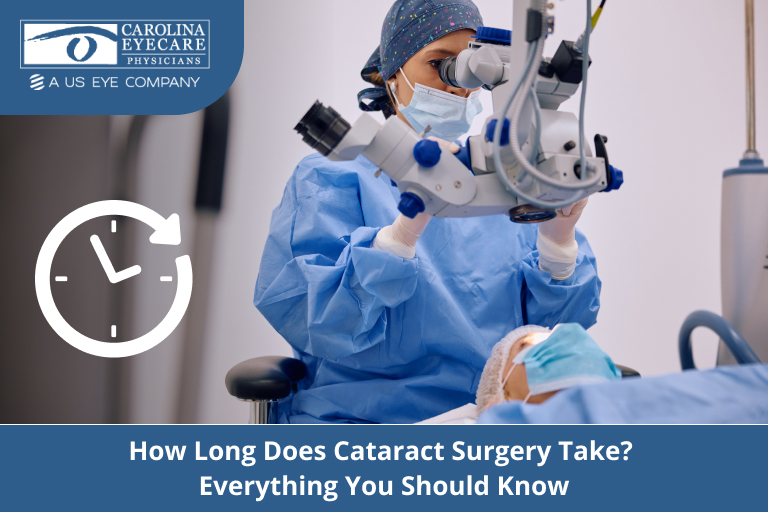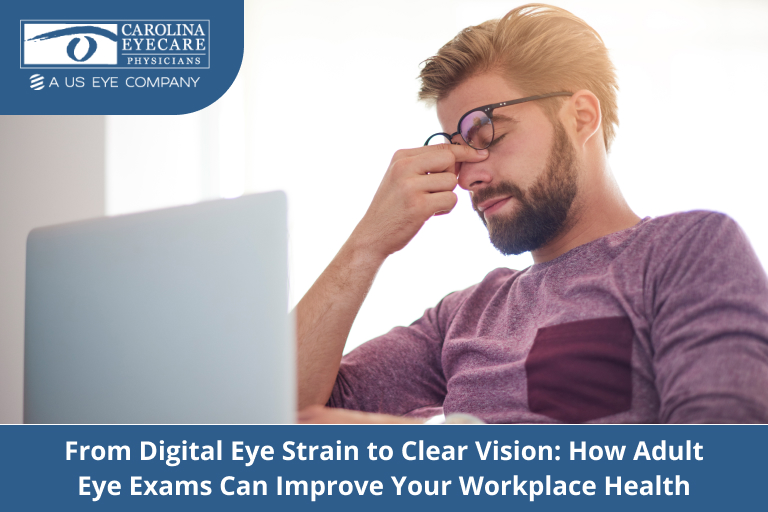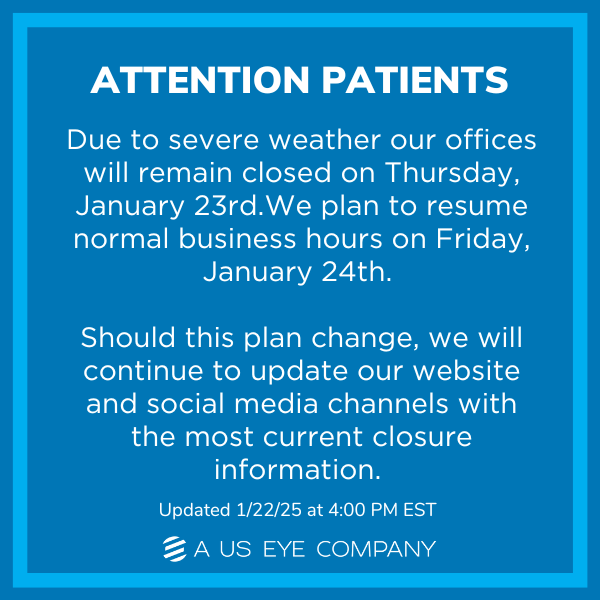Reviewed By: Helga P. Sandoval, MS, MSCR
Does dry eye discomfort dominate your day? You’re not alone.
According to the American Academy of Ophthalmology (AAO), dry eye is a common condition that can impact everyone, but the risk rises with age. About 3.2 million women 50 years and over and 1.68 million men 50 years and over are affected by dry eye syndrome. Overall, the National Eye Institute estimates that dry eye affects nearly 16 million Americans.
What is Dry Eye?
Dry Eye Disease or Dry Eye Syndrome is a chronic condition that occurs when the eyes do not produce enough tears or when the tears are not of the correct consistency. The result is a weak layer of tear film, leading to dry, irritated, and inflamed eyes.
Dry Eye Causes and Symptoms
The root cause of dry eye isn’t always known. However, it can be caused by prolonged staring at computer, tablet, and smartphone screens— a normal part of life for many people in today’s society. This can cause a plethora of uncomfortable symptoms, which can range from mild to severe, including:
- Burning
- Stinging
- Redness
- Scratchiness
- Blurred vision
Dry eye can also be caused by certain diseases (like blepharitis), surgeries, and medications, and symptoms vary. Luckily, there are dry eye therapy options available for those searching for how to cure dry eyes permanently through effective, lasting solutions.
Click here for the full list of dry eye symptoms and treatment, as well as other additional information.
How a Dry Eye Specialist Helps
With in-depth knowledge of the structure and function of the eye and its tear film, as well as various eye diseases, dry eye specialists can accurately diagnose and decide on the most effective treatment plan for each patient. They perform comprehensive eye examinations to assess the quantity and quality of your tears, which involve three layers: the oily layer, the watery layer, and the mucus layer.
3 High-Performing Dry Eye Therapies
Artificial Tears
Artificial tears are widely recognized as one of the simplest treatments for dry eyes, and are usually the first recommendation a dry eye specialist will give. These over-the-counter (OTC) eye drops aid in restoring moisture to the eye’s surface, providing instant relief from discomfort. For long-term use, preservative-free variants are generally recommended, as preservatives may further irritate the eyes. However, patients with severe dry eye symptoms may need additional treatment methods on top of their artificial tears.
LipiFlow Thermal Pulsation Therapy
LipiFlow Thermal Pulsation therapy is a breakthrough treatment for dry eyes, often discussed by patients wondering what the new treatment for dry eyes is, as it targets tear evaporation caused by blocked or underperforming meibomian glands. These glands are responsible for producing oil that prevents tear evaporation. When they don’t function properly, adding artificial tears or stimulating watery tear production cannot effectively alleviate dry eye symptoms.
LipiFlow therapy applies heat and gentle pressure, stimulating the meibomian glands and potentially melting any oil buildup to improve the oil flow. This in-office procedure lasts approximately 20 minutes and is recommended for patients with Meibomian Gland Dysfunction (MGD). However, it may not be suitable for patients experiencing other tear film problems. A thorough eye health assessment by your eye doctor can determine the underlying cause of your dry eye and recommend appropriate treatment, potentially including LipiFlow.
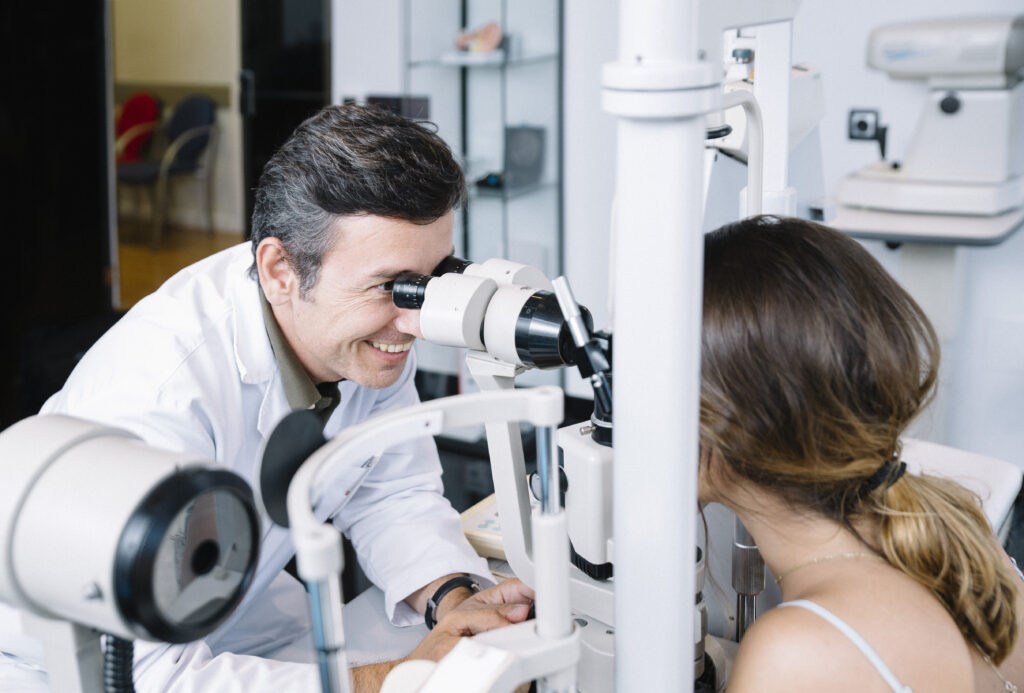
Punctal Plugs
Punctal plugs, or lacrimal plugs, are small, biocompatible devices designed to treat aqueous deficient dry eye. This subtype of dry eye occurs when the eyes do not produce enough of the watery part of tears, leaving the ocular surface poorly lubricated. Punctal plugs are inserted into the tear drainage ducts (puncta) in the upper and lower eyelids to slow or block the drainage of tears into the nasal cavity, effectively increasing the volume of tears on the ocular surface.
There are two types of punctal plugs: dissolvable, made of collagen material, and permanent, made of silicon. The body naturally absorbs dissolvable plugs within a few days to months and is often recommended for a trial period before moving on to semi-permanent plugs. In contrast, semi-permanent plugs are designed to last for years but can be removed if necessary.
This dry eye therapy enhances the retention of natural tears, providing constant lubrication and hydration and minimizing dry eye symptoms. It also reduces the dependency on artificial tears and other medications by addressing the root cause of the condition—insufficient tear production. Remember to consult a dry eye specialist before undergoing punctal plug insertion to assess your unique condition and determine if this dry eye treatment is right for you. If deemed appropriate, punctual plugs can offer long-lasting relief and greatly improve your quality of life.
Keep Your Tears Healthy with Carolina Eyecare Specialists
With a dry eye specialist’s help and the innovative treatments available today, there’s no reason to let dry eye symptoms take a toll on your daily life—especially when learning how to cure dry eyes permanently with customized care. If you’re struggling with dry eyes, contact a specialist to discuss which dry eye treatment aligns with your needs.
Take the first step towards healthier eyes and a better quality of life— Book an appointment with a dry eye specialist at Carolina Eyecare Physicians today!
**The information provided in this blog on dry eye symptoms and treatment is for general informational purposes only. Remember to seek advice from a qualified eye care professional with any questions you may have regarding your specific medical condition or treatment options.**


